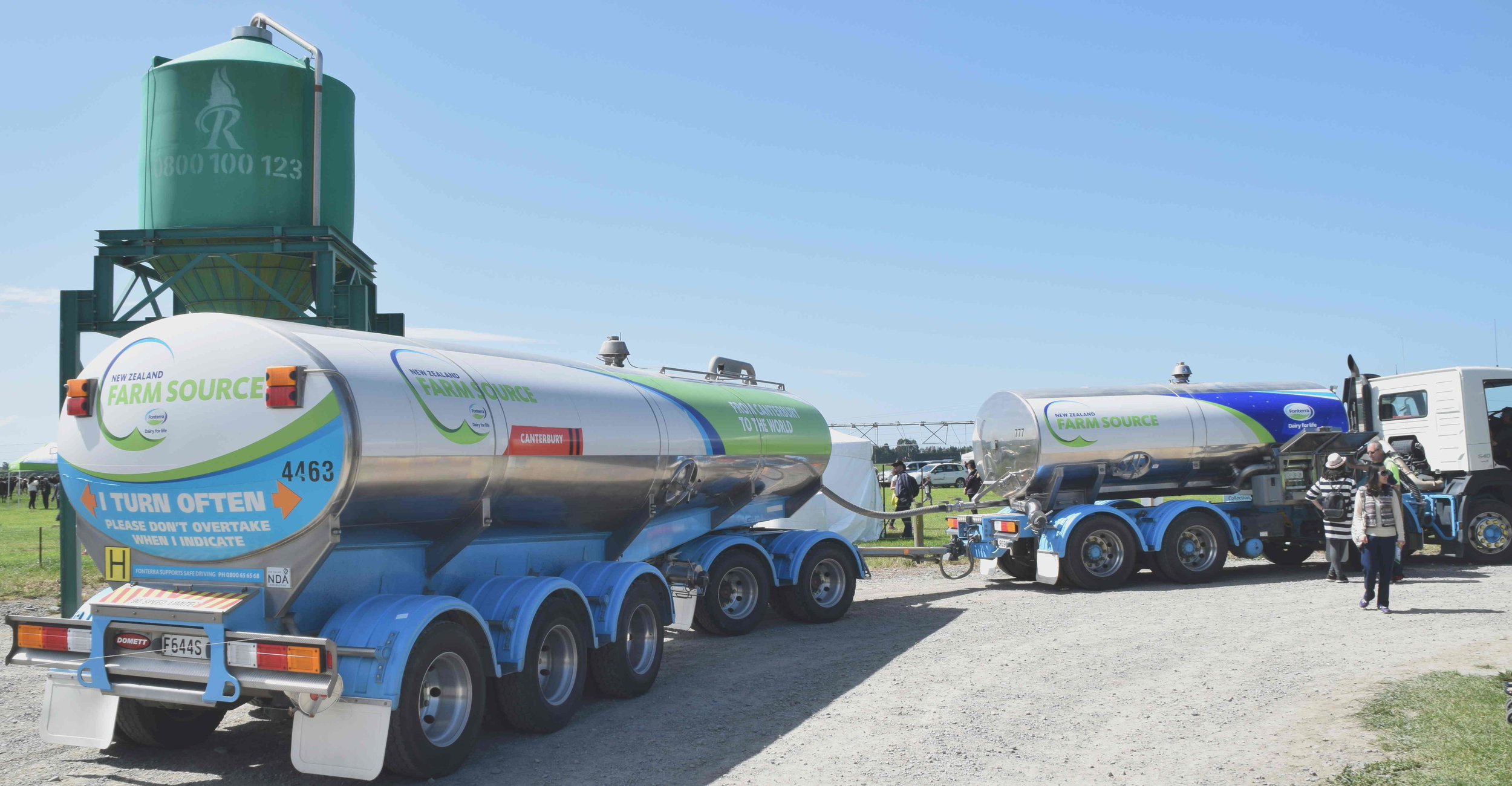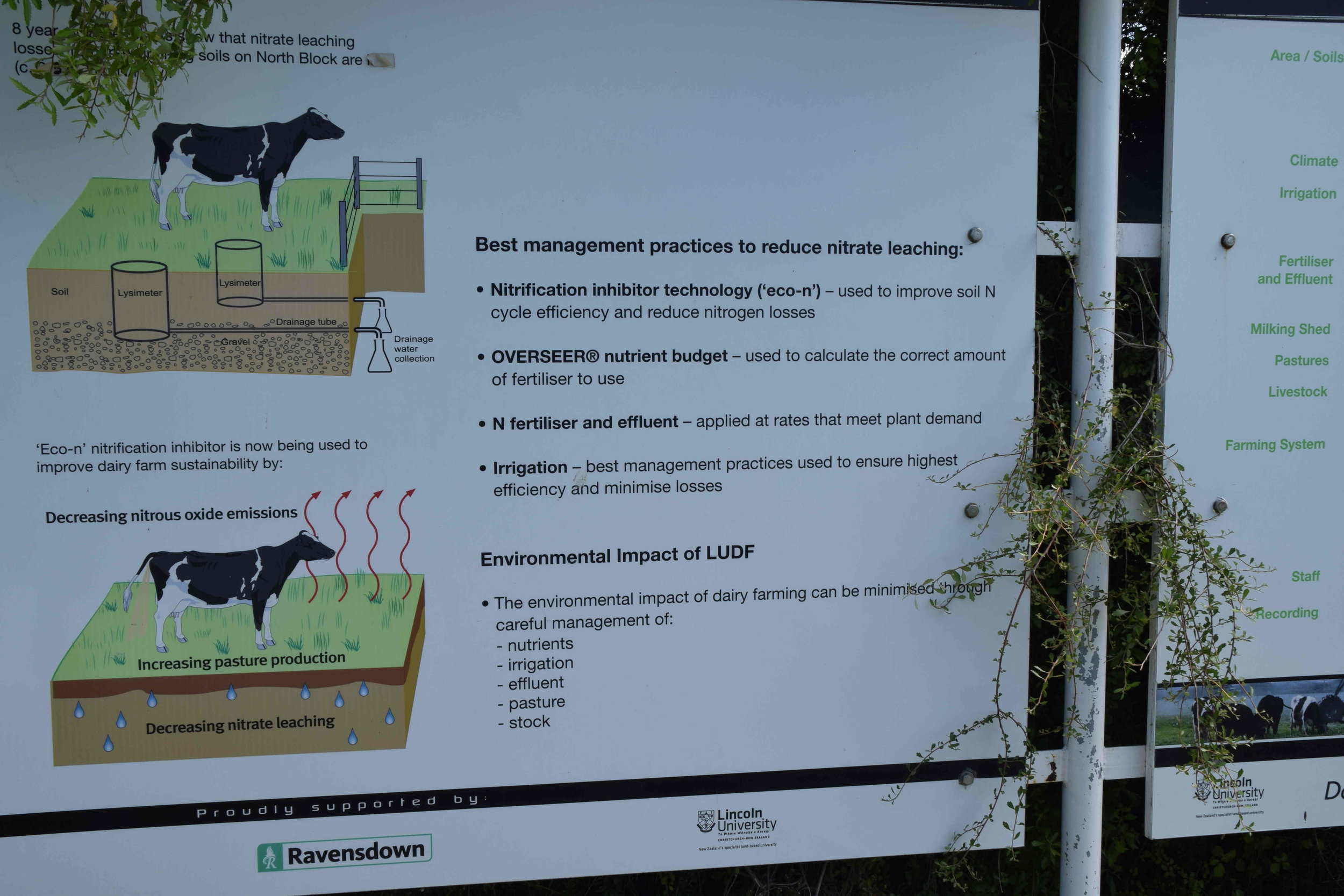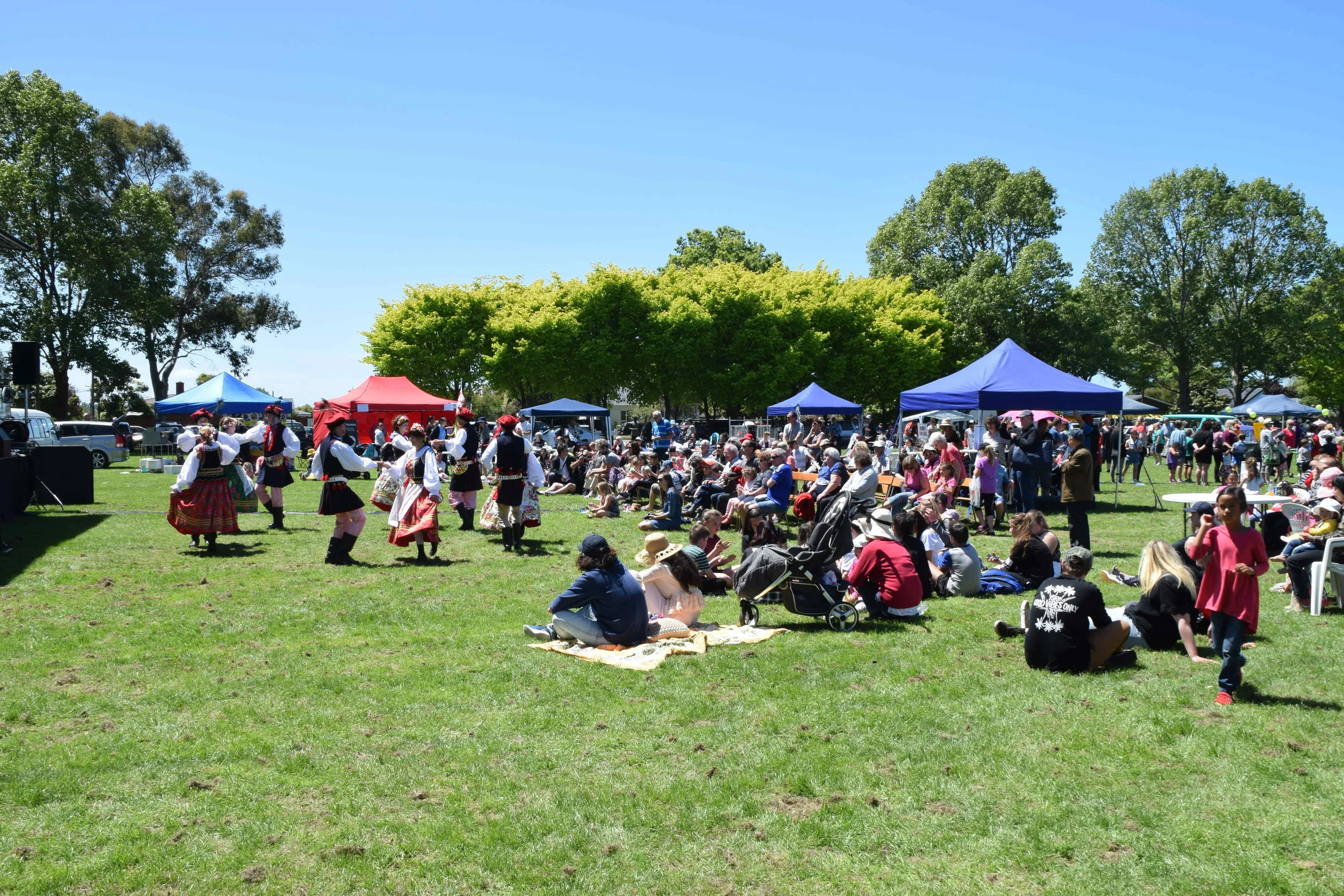Open Day: LU Dairy Farm aims to reduce environmental footprint
(caption for the above picture: The LUDT focus for 2015/16 season is low Nitrogen loss, low input, and nil infrastructure investment, while maximising profit)
- this came out at the Lincoln University Dairy Farm Open Day held on November 19; the 186 hectare irrigated property, of which 160 hectares is the milking platform, is a former University sheep farm
South Island dairying
All the above statistics are courtesy SIDDC. For more information, please visit siddc.org.nz.
- Dairy farming - NZ’s largest single industry
- 96% of New Zealand’s milk production is exported
- New Zealand’s 12,000 dairy farmers work with or employ another 30,000 people on farm
- Thousands more are employed in associated businesses and in dairy factories
- Production – Over 1.83 billion kilograms of milk solids processed from 20.7 billion litres milk
- Population– NZ Average herd size 413; 11,927 herds; 4.9 m cows (2013/14 season)
- SI average herd size 630 cows; 3,068 herds; 1,932,556 cows
- South Island dairy production – fastest growing, now represents approximately 39% of total NZ milk solids production, from 23.8% of NZ’s herds and 35.8% of NZ’s cows
- Overall the South Island has larger farms, larger herds, higher production per cow and per hectare
Converted to dairying in 2001, the dairy farm is managed by the South Island Dairying Development Centre (SIDDC), representing its seven partner organisations - Lincoln University, DairyNZ, South Island Dairy Farmers (represented by the South Island Dairy Event (SIDE) network), Ravensdown Fertiliser Cooperative Limited, Plant & Food Research, Livestock Improvement Corporation (LIC), and recently AgResearch.
Jim Moir, Senior Lecturer in Soil Fertility at the LU (seen on the left with a hat), educated the visitors on the Farm's objectives of ensuring the average annual concentration of nitrate-N in drainage water from below the plant root zone remains below the critical value [16 mg N/L] specified in ECan’s proposed regional rule
Grass - the NZ advantage: LUDF informed that ryegrass and clover pasture is one of country's key competitive advantages as it is grown most of the year and tolerates frequent grazing. "The clover content aids microbial conversion of atmospheric nitrogen to plant proteins," it says.
Click on the image to enlarge it and read the printed version of the story













